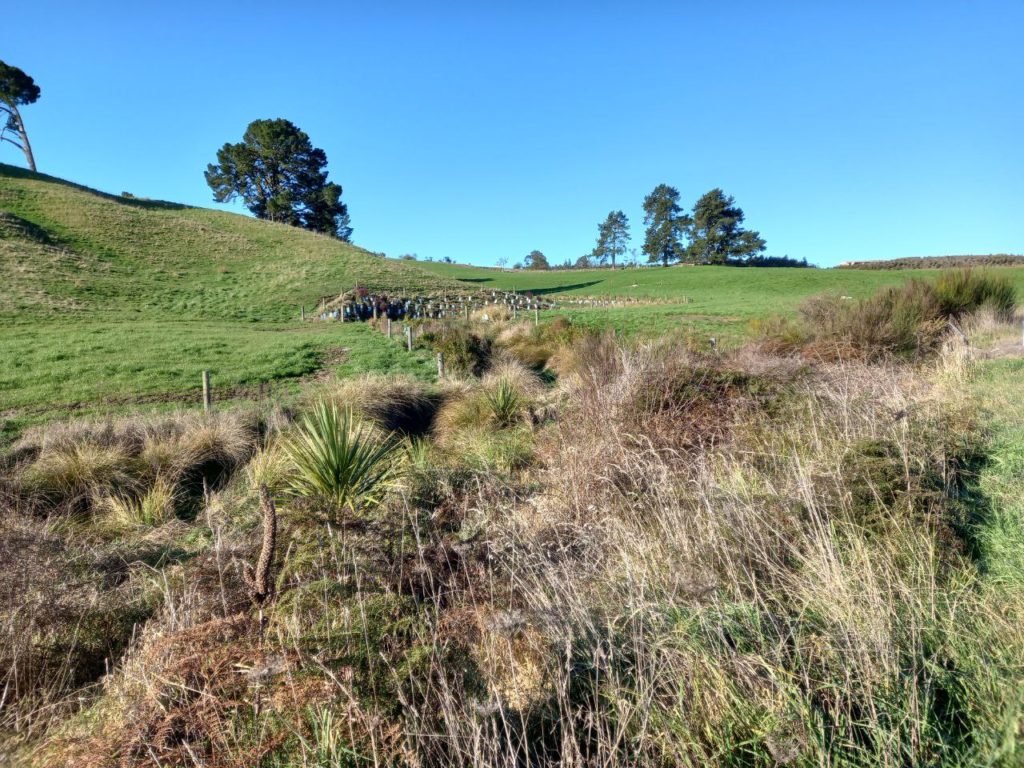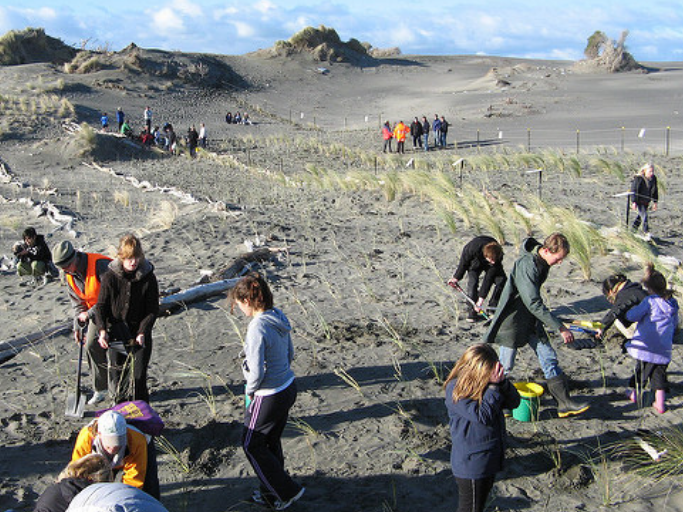ON THIS PAGE
Be clear on what you’re trying to achieve
Which plant(s) or animal(s) are you most interested in protecting and which predator(s) are you targeting? What area(s) will you cover? What is the scope – are you looking to eradicate rats from the area in five years, or 20?
How many people will you need, and when? Who’s leading the project and how will you communicate?
It’s a lot to consider, but the clearer and more specific your goals at the beginning, the more likely you are to achieve them. See our tips on governance and strategy.

Monitor first and trap later
Do you want to get rid of predators (such as rats, possums and/or stoats) and make things safer for our unique native species? That’s a great place to start, but removing a few rats might not make much difference to your local plants and animals. You’ll need to remove enough rats. You’ll also need to know exactly which predators you’re targeting in order to have the right traps and baits. See ‘How to identify predators’.

Once you’ve started trapping, how will you know if you’ve caught enough? That’s where monitoring comes in. It’s a fascinating peek into the changing state of your local nature. (See ‘Is your predator control working?’)Get to know your terrain
Consider the land you intend to work on— is it a forest, wetland or stream area?
You will need guides on navigating different types of terrain.
DOC has a list of handy resources.
Think about permits
If there’s a private landowner involved, you will need their approval in advance. If the land is public (i.e. overseen by DOC or local authorities), you’ll still need to keep them in the loop. Have a chat to DOC and your local environment council for advice on land ownership permissions – they may also be able to help with the various grants available and they have heaps of knowledge and experience when it comes to predator control.
Recruit volunteers
We’ve cobbled together some tips on how to find volunteers – and, importantly, how to keep them motivated and engaged.
Find out how to recruit volunteers for your group.
Consider health and safety
Every workplace has health & safety hazards, especially outdoors. Traipsing through rugged terrain? Dealing with intense weather conditions? Setting and maintaining traps?

Your group needs to be well-informed on how to handle safety issues. Training and preparation are key – see our health and safety advice for groups.
Apply for funding
There is a range of funding opportunities available within NZ to help support predator control. See our funding and grants section, as well as fundraising ideas for a DIY approach.
Invest in good equipment
Basically, each area is unique so chat to the experts and be prepared for a few learning curves along the way. You’ll need advice on the types of traps available and their suitability for your group. Choosing the right baits and pre-feeding, especially for rats, is also really important. You may need to invest in a few power tools if you’re out in the bush, but talk to specialty power equipment shops first. Avoid chainsaws unless you’re a professional. (For more see our trap, bait and equipment tips and also predator control in the bush and large areas.)

